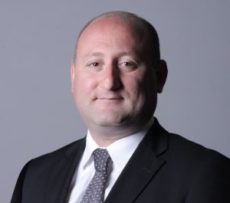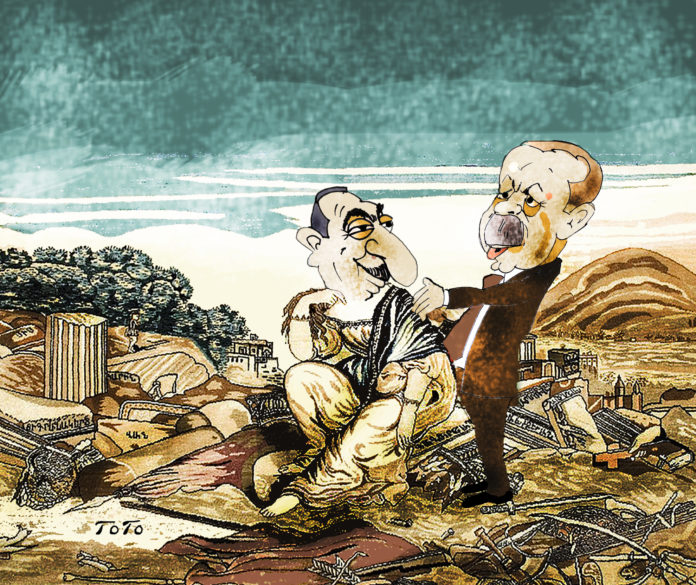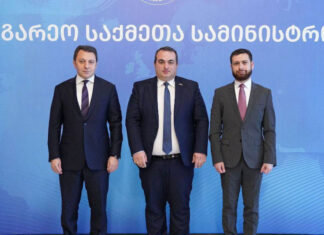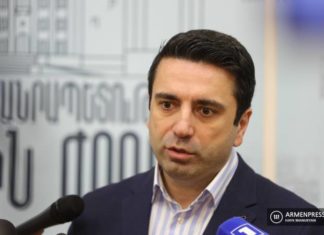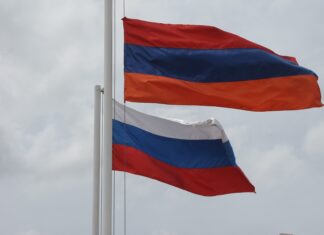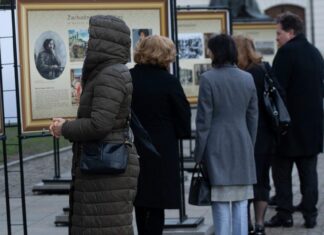The cultural genocide actively being waged by Turkey and Azerbaijan is a component of the physical genocide of the Armenian people, intended to obliterate any vestiges of their existence on their ancestral lands, which they have inhabited for centuries.
According to a report by the Armenian Patriarchate in Istanbul, before World War I, there were 2,538 churches and 451 monasteries on historic Armenian lands taken over by the Ottoman Empire. Today, besides the active churches in Istanbul, the current Republic of Turkey, the successor state of the Ottoman Empire, has allowed only one cathedral — to showcase Holy Cross on the island of Akhtamar, on Lake Van — to be opened, where Armenians are allowed to perform religious services once a year. There are also churches in Kayseri and Vakifli that can hold services periodically, but the grand Armenian church at Diyarbekir is back in the control of the Turkish government.
That “generosity” in Akhtamar benefits the Turkish government more than the Armenian people, first as a lucrative tourist attraction, but above all, as a symbol of tolerance of the Turkish rulers in the eyes of the international community.
Nearly all the remaining churches and monasteries have been subjected to systematic destruction to bolster the government’s claim that no Christian nation had inhabited those territories.
As Turkey develops and exports its political and military powers to other regions, the recovery of the vestiges of Armenian Christian heritage will become even more remote.
Now, adding insult to injury, Azerbaijan has joined the fray, by destroying or “Albanizing” Armenian churches and monasteries. Albanians were indigenous Christian people who were assimilated mostly with the Armenian people over the centuries, but Azerbaijanis claim to be their ancestors, as a convenient fabrication of history which can serve dual purposes: by giving legitimacy to their unfounded claims that they have their roots in the history of that land and on the other hand, to falsify the identity of the Christian heritage present on that land by misattributing Armenian religious monument to Caucasian Albanians.
